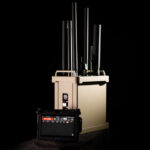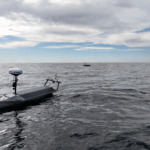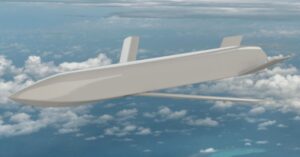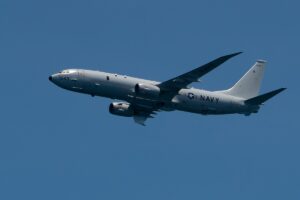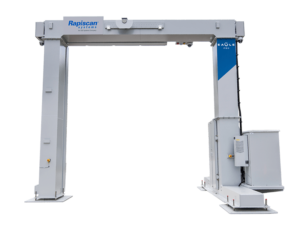
Later in January the Department of Homeland Security plans to issue a “funding opportunity” to improve the scanning technology that Customs and Border Protection uses to screen vehicles and cargo entering the U.S. through ports of entry by leveraging advanced software, Homeland Security Secretary Alejandro Mayorkas said this month. The forthcoming business opportunity follows recent prompting by congressional appropriators directing that CBP move ahead on introducing artificial intelligence and machine learning (AI/ML) into non-intrusive inspection (NII) systems. The AI/ML technology…

 By
By 